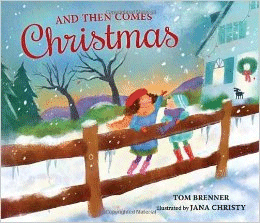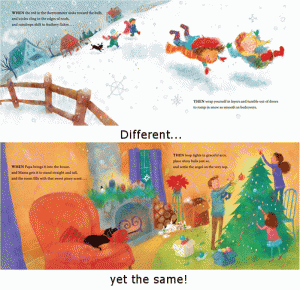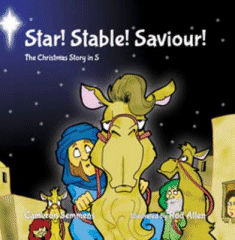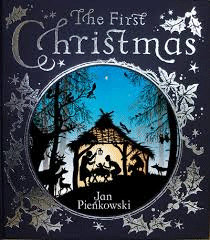And Then Comes Christmas
Tom Brenner
Jana Christy
Walker Books, 2014
9781406357820
“WHEN the days barely start before they’re over again, and red berries blaze against green shrubs, and bare branches rake across the sky…
THEN hang up boughs of spruce or fir or pine, dotted with cones and bits of holly, welcoming winter.”
This is the story of a family preparing for Christmas, counting down the days with tasks and fun as the BIG day draws closer. Written in a when/then format which emphasises the cause and effect relationship, at first glance it seems to be a story for children in the northern hemisphere where the holiday season is characterised by cold, snowy days. But thoughtful reflection shows that it has great value in our southern hemisphere, summer-oriented Christmas season. For really, apart from the weather, what are the differences between how we all prepare?
Apart from the obvious investigation into why one hemisphere has winter and the other has summer, it’s an opportunity to compare and contrast the preparations for Christmas Day and perhaps offer some insight into why so many of our traditions are winter-focused. It’s a chance to think about those who brought Christmas to our shores way back when and their desire to hold on to something that was familiar despite the searing temperatures of a southern summer. Students could consider what family traditions and practices they would continue if they were to move to a new country and climate. They could also consider how the weather impacts on our lives – their long summer break is a result of children of the past being needed at home to help with harvest, for example.
There is also the opportunity to discuss how different families prepare for Christmas – even though we think we are very similar, each family will have different things that it does. Investigating the reasons for these not only provides the class with insight but perhaps each child will have a better understanding of their Christmas too. Of those things that their family does each year, which will they continue with their children?
This really lends itself to a class book. Using the same when/then structure students could produce their own page of a summer-oriented Christmas.
When I first read this book I thought it wasn’t worthy of review because it didn’t appear to be relevant but a little thought produced a wave of ideas. Proof you should never judge a book by its cover!



